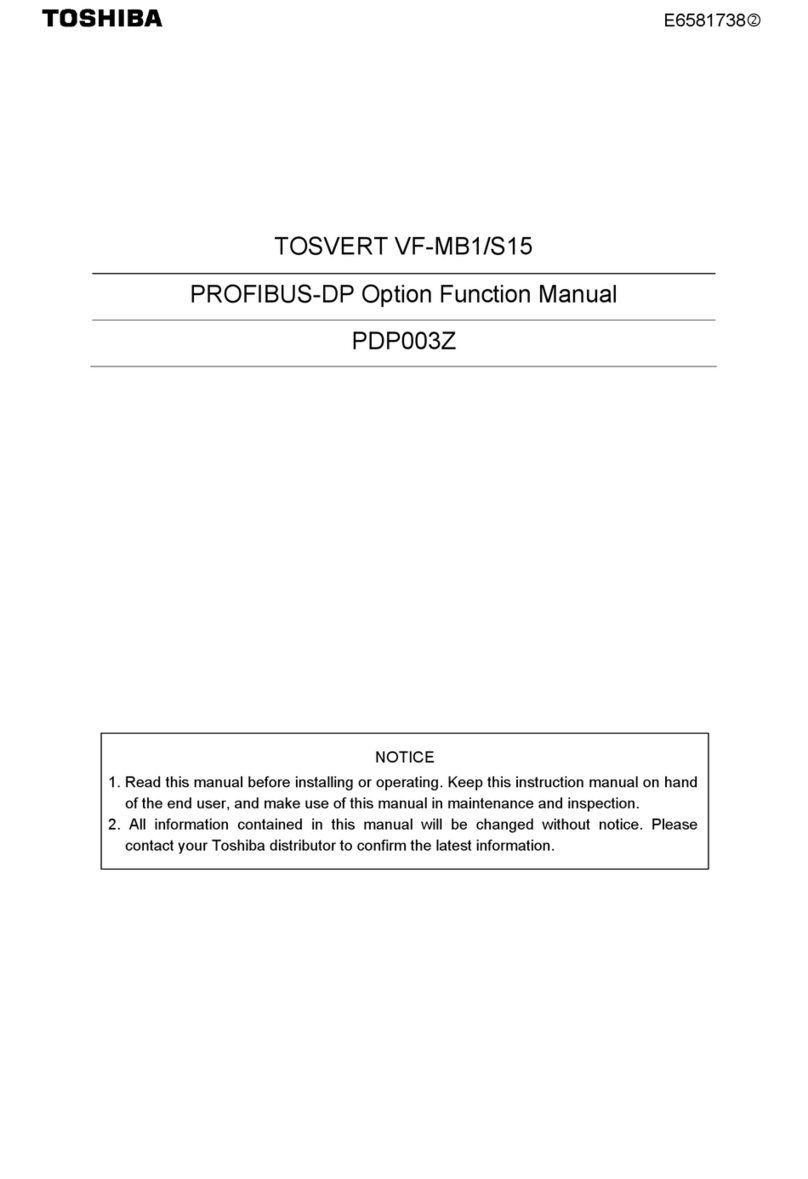
1. The Computer and setting it up
This short booklet has been written for two types of people. First, those who know
nothing, or next to nothing, about computers, and, secondly, for those who are
familiar with computer based systems but who like to read instruction booklets
before plugging anything in.
There is a second, thicker book which is the BASIC programming manual. This
should not be read by the novice computer user until this booklet has been read
and understood.
Unpacking the ZX Spectrum, you will have found:
1This introductory booklet and the BASIC programming manual,
2The computer. This has three jack sockets (marked 9V DC IN, EAR and MIC),
one TV socket, and an edge connector on the back where you can plug in extra
equipment. It has no switches - to turn it on you just connect it to the power supply.
3 A power supply. This converts mains electricity into the form that the ZX
Spectrum uses. If you want to use your own power supply, it should give 9 volts DC
at 1.4 A unregulated.
4An aerial lead about 2 metres long, which connects the computer to a television.
5 A pair of leads about 75 cms long with 3.5 mm jack plugs at each end. These
connect the computer to a cassette recorder.
You will also need a television - the ZX Spectrum can work without one, but you
won't be able to see what it is doing! It must be a UHF television (in the UK); if it is
not built to receive BBC2 then it is no good. As its name implies, the ZX Spectrum
gives a colour signal which if you have a colour television, will produce a colour
picture. If you only have a black and white television, then the colour will appear as
black, white and six different shades of grey; but apart from that, a black and white
television will work just as well as a colour television.
The components of the system should now be interconnected thus:
5




























